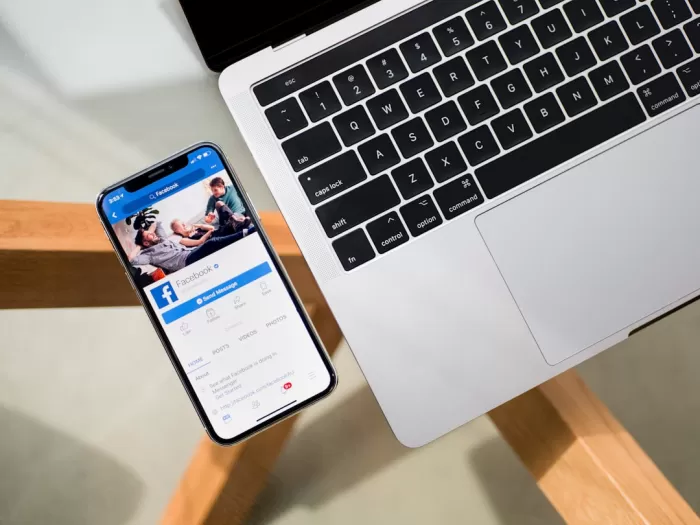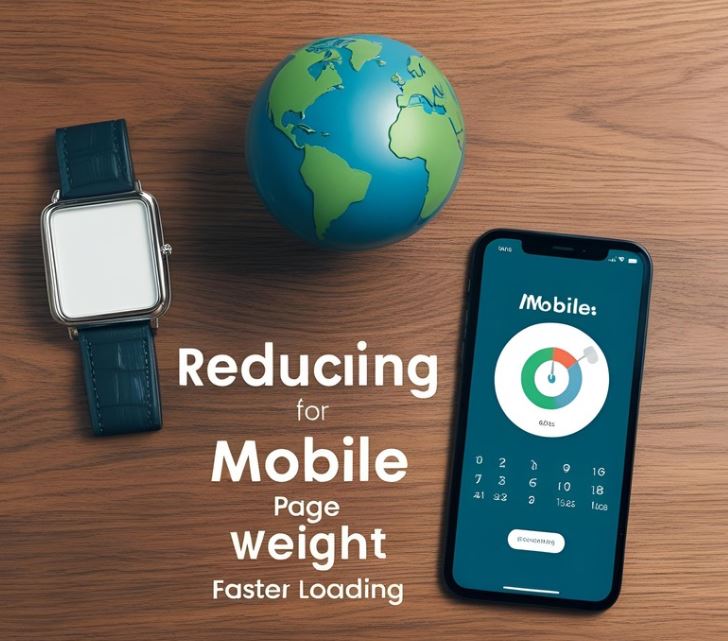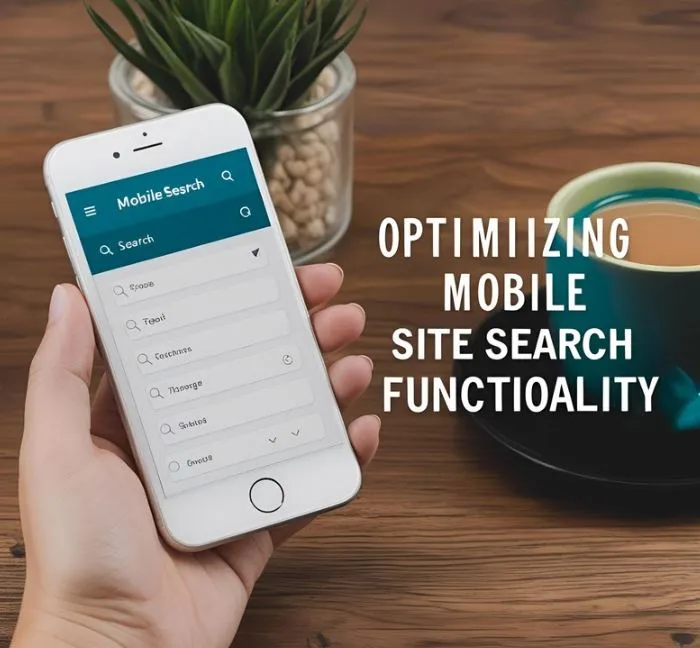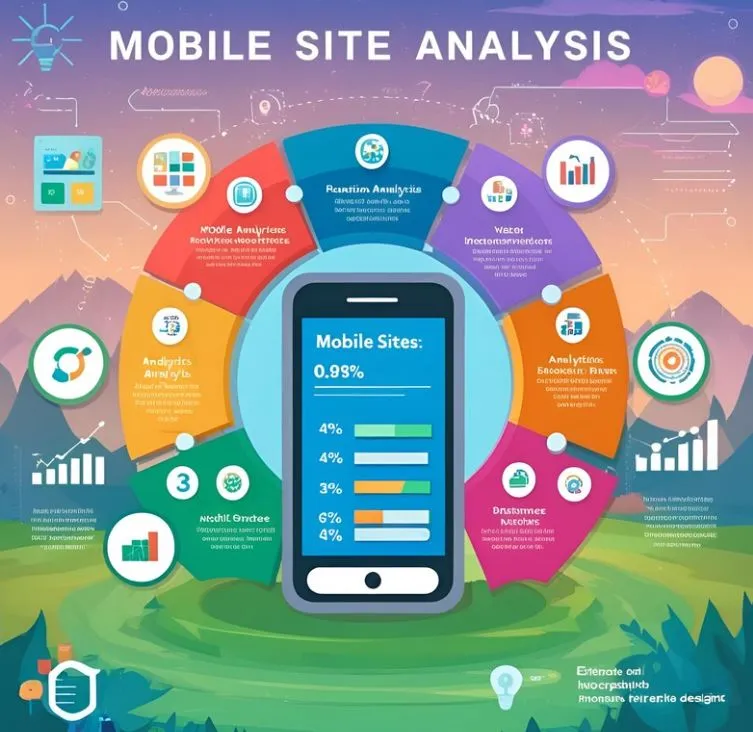
In today's digital age, where mobile devices are our constant companions, having a website that loads quickly on mobile is crucial. One key factor that can significantly impact mobile loading times is the use of responsive images.
What are Responsive Images?
Responsive images are images that are designed to scale appropriately based on the size of the screen they are being viewed on. This means that they will look great whether you're viewing them on a large desktop monitor or a small smartphone screen.
Why are Responsive Images Important for Mobile Loading?
When a website is accessed on a mobile device, the device has to download all the resources, including images, to display the site properly. If the images are not optimized for mobile, they can be large and take longer to download, leading to slower loading times.
Best Practices for Using Responsive Images
1. Use the correct image format
Choose the right image format for the type of image you are displaying. For photographs, use JPEG, for graphics or logos, use PNG, and for images with transparency, use SVG.
2. Compress your images
Before uploading images to your website, make sure to compress them to reduce their file size. There are many online tools available that can help you compress images without losing quality.
3. Set image dimensions
Always set the width and height attributes for your images in the HTML. This helps the browser allocate the necessary space for the image before it loads, preventing layout shifts and improving the overall user experience.
4. Use srcset for responsive images
The srcset attribute allows you to provide multiple versions of an image at different resolutions. This helps the browser select the most appropriate image based on the user's device, saving bandwidth and improving loading times.
5. Lazy load images
Implement lazy loading to defer offscreen images until the user scrolls to them. This can greatly improve initial loading times, as only the images in the viewport will be loaded initially.
Conclusion
Optimizing your website's images for mobile loading is essential in today's mobile-first world. By following best practices for responsive images, you can ensure that your website loads quickly and provides a seamless experience for mobile users.











